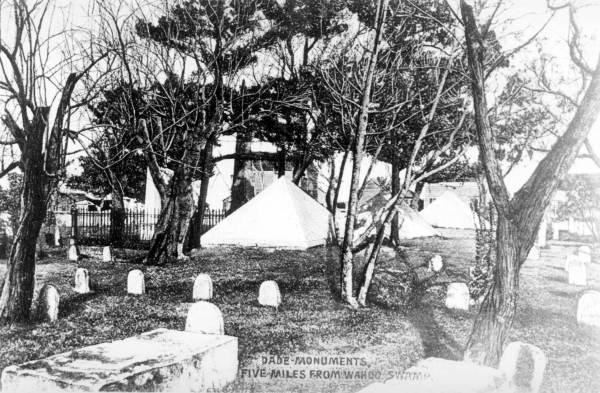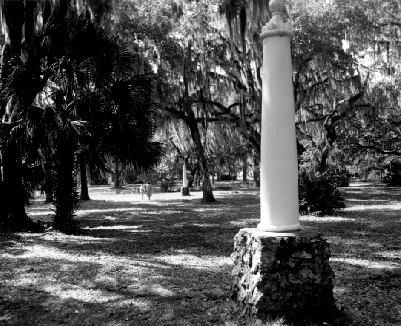Dade Massacre or Battle at Wahoo Swamp
The start of the Second Seminole (Florida) War
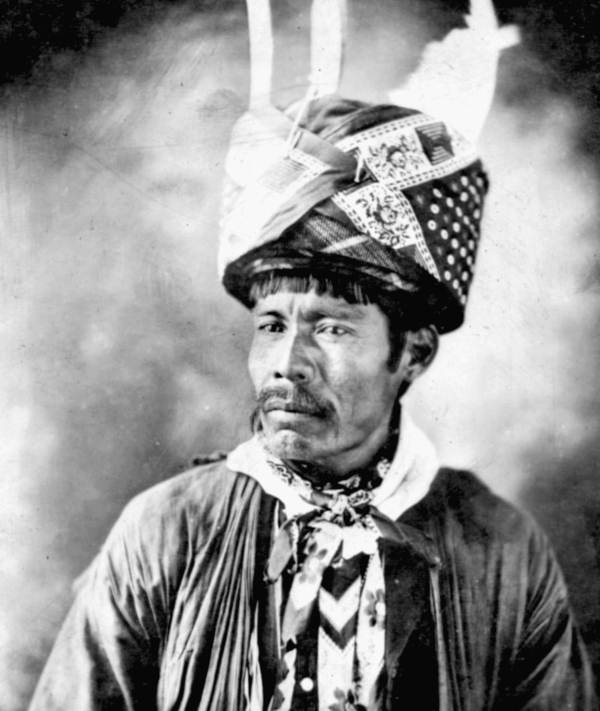
The first significant event, which would be considered the start of hostilities, was the defeat of
the column commanded by Brevet Major (Captain) Francis Langhorne Dade. This column included
a detachment of Company "B",
4th Infantry
, Company "C" and detachments from Companies "B" and "H" of the
Second Regiment of Artillery
and Company "B" of the
3rd Regiment of Artillery,
along with a guide, surgeon, and teamsters. the force totalling approximately 100 men and eight officers bound for Fort
King from Fort Brooke, now known as Tampa.
Dade's force was told upon leaving Fort Brooke to be ready for any hostilities. There had been reports of recent uprisings
north of the reservation and their route would take them into the heart of Seminole country. The messages sent by General
Clinch from Fort King were vague in the description of the current situation. In his dispatches he had just stated that he needed
troops at Fort King immediately, never stating why. The commanding officer at Fort Brooke took this as the Fort was under
seige and needed help immediately. He frantically mustered the force and sent them on their way hoping to send re-enforcements
as soon as they arrived by ship at Fort Brooke, which was reported to him as any day. With the hope that they would be able to join
up with the column and break the siege of Gen. Clinch's troops at Fort King. The real reason for the message was to state that
due to the lack of provisions he was forced to relocate his force to his plantation near Micanopy, Fla. and wanted Fort Brooke to supply
the men for the garrison of that fortification.
In past engagements the Seminoles perferred the hammocks of Florida, due to their hiding capabilities. Once Dade made it to the pine barrens he
believed that there would be little to no trouble on his way to Fort King. On December 28, 1835, near Wahoo Swamp,
Chiefs Micanopy, Alligator and Jumper laid in ambush for the column heading to Fort King. This location was one of several sites
picked in the pine barrens around the swamp, because the Seminoles knew that the U. S. Forces did not expect to be
attacked there. This site was selected primarily because Osceola, who was expected to join in, was late and Micanopy decided
to start the engagement there. With swamp land on Dade's flanks the column had only one choice, to fight.
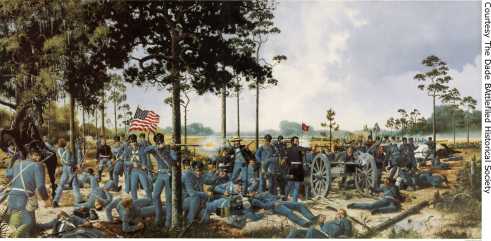 The Seminole force had been covering the U. S. force for many days and knew that their guard was down.
Due to normal proceedures the enlisted men had their muskets inside their greatcoats or on the wagons
to keep moisture from the weapons. This would have devastating consequences for Dade's men. Hidden by pines and
palmettos, 180 Seminoles waited. Their initial musket volley at point blank range killed or wounded half the command. Major Dade
and Captain Upton S. Fraser were the first to be killed. Three of the six surviving officers were wounded.
Captain George W. Gardiner rallied the men and returned fire with the six-pound cannon.
The Seminole force had been covering the U. S. force for many days and knew that their guard was down.
Due to normal proceedures the enlisted men had their muskets inside their greatcoats or on the wagons
to keep moisture from the weapons. This would have devastating consequences for Dade's men. Hidden by pines and
palmettos, 180 Seminoles waited. Their initial musket volley at point blank range killed or wounded half the command. Major Dade
and Captain Upton S. Fraser were the first to be killed. Three of the six surviving officers were wounded.
Captain George W. Gardiner rallied the men and returned fire with the six-pound cannon.
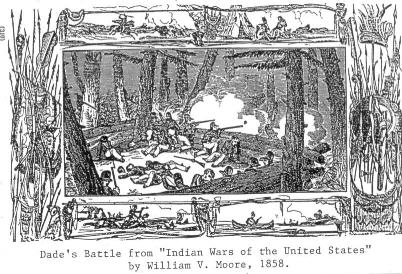 As the Seminoles withdrew a short distance, the soldiers hastily built a small breastwork made out of logs in a triangle. They then cared for the wounded
and collected ammunition from the fallen. The Indians' second attack lasted until about 2 p.m., when
all the firing from the breastwork ceased. Most of the command was dead. The
Seminoles, followed by their black allies, closed in. Three wounded soldiers, Edwin DeCourcey, Joseph Sprague, and
Ransom Clark made it to Fort Brooke alive. Dade's black interpreter, Louis Pacheco, was taken captive.
The Seminoles, with only three warriors killed and five wounded, retired to Wahoo Swamp to celebrate.
As the Seminoles withdrew a short distance, the soldiers hastily built a small breastwork made out of logs in a triangle. They then cared for the wounded
and collected ammunition from the fallen. The Indians' second attack lasted until about 2 p.m., when
all the firing from the breastwork ceased. Most of the command was dead. The
Seminoles, followed by their black allies, closed in. Three wounded soldiers, Edwin DeCourcey, Joseph Sprague, and
Ransom Clark made it to Fort Brooke alive. Dade's black interpreter, Louis Pacheco, was taken captive.
The Seminoles, with only three warriors killed and five wounded, retired to Wahoo Swamp to celebrate.
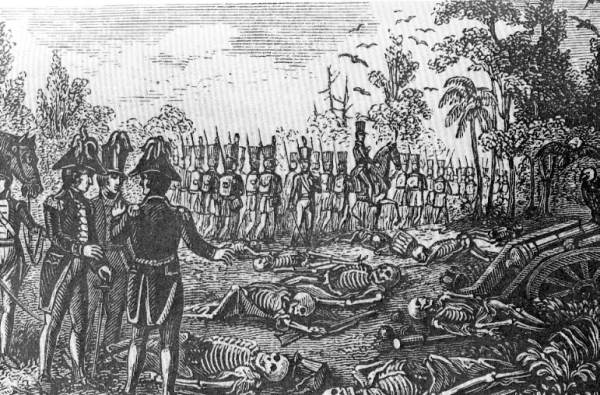 The scene of the ambush remained deserted for seven weeks. On February 20, 1836,
an expedition under General Edmund P. Gaines identified the bodies and gave them
proper military burials. The officers' bodies were placed on the east side of the trail, the
98 enlisted men in two graves within the log breastwork. The cannon was retrieved
from a nearby pond where the Seminoles had thrown it. They mounted it. Muzzle down,
at the head of the officers' grave, as a monument to the dead. Six years later on August
14, 1842, Dade's silent command was laid to rest at the National Cemetery in St.
Augustine. This was made possible by contributions from the officers and men of the
army. This battle was one of the most terrible defeats ever suffered by the U. S. Army
at the hands of the native peoples, second only to Custer's Last Stand.
The scene of the ambush remained deserted for seven weeks. On February 20, 1836,
an expedition under General Edmund P. Gaines identified the bodies and gave them
proper military burials. The officers' bodies were placed on the east side of the trail, the
98 enlisted men in two graves within the log breastwork. The cannon was retrieved
from a nearby pond where the Seminoles had thrown it. They mounted it. Muzzle down,
at the head of the officers' grave, as a monument to the dead. Six years later on August
14, 1842, Dade's silent command was laid to rest at the National Cemetery in St.
Augustine. This was made possible by contributions from the officers and men of the
army. This battle was one of the most terrible defeats ever suffered by the U. S. Army
at the hands of the native peoples, second only to Custer's Last Stand.




